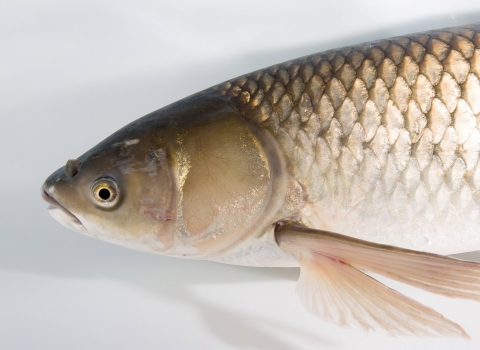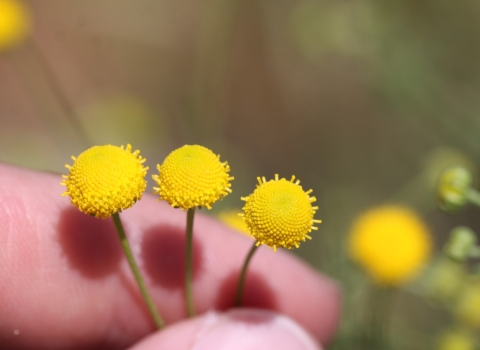An aquatic invasive species invasive species
An invasive species is any plant or animal that has spread or been introduced into a new area where they are, or could, cause harm to the environment, economy, or human, animal, or plant health. Their unwelcome presence can destroy ecosystems and cost millions of dollars.
Learn more about invasive species is a freshwater or marine organism that has spread or been introduced beyond its native range and is either causing harm or has the potential to cause harm.
Aquatic Species + Invasive Species = Aquatic Invasive Species
Invasive species: plants or animals that have spread or been introduced into a new area where they are, or could, cause harm to the environment, economy, or human, animal, or plant health. Their unwelcome presence can destroy ecosystems and cost millions of dollars.
Aquatic species: plants or animals (such as fishes, crabs, mussels, or frogs) that depend on water for a least one stage of its life.
The U.S. Fish and Wildlife Service’s Branch of Aquatic Invasive Species funds and coordinates aquatic invasive species activities across the country. We prevent introductions, detect and respond to new species threats, stop the spread or suppress existing invasive populations, and educate the public about threats so they can help us protect America’s aquatic species. Our regional coordinators work closely with other agencies, the public, and private sector partners, and our Conservation Offices provide on-the-ground management and technical support. The Service also develops regulations to prohibit the importation and some transport of high-risk species known as injurious wildlife and serves as a co-chair to the Aquatic Nuisance Species Task Force.
Invasive species are a primary cause of global biodiversity loss. They threaten nearly half of the imperiled species in the United States and have contributed to more than 40 percent of the current listings under the Endangered Species Act. In the United States, invasive species cause an estimated $123 billion dollars in damage and costs every year to things like agriculture and public health, but also sport fishing, hydropower facilities, municipal water supplies, and the aquaculture industry!
These species can spread through such everyday activities as fishing, hunting, and boating or by more intentional means, such as if someone dumps unwanted aquarium fish or plants into a lake. Increased global trade is a significant cause of invasions because it creates new markets and trade routes, which in turn increase the number of new species that are transported and introduced into new areas.
You can help protect the water.
Preventing the spread of aquatic invasive species starts with you. By taking a few simple steps you can protect our aquatic resources and ensure that these harmful species do not spread into new areas. The two most important things you can do to prevent the introduction and spread of invasive species are:
- Clean your watercraft and outdoor recreation gear after each use.
- Never release unwanted pets or aquarium contents into the wild.
The U.S. Fish and Wildlife Service’s Branch of Aquatic Invasive Species funds and coordinates aquatic invasive species activities across the country. We prevent introductions, detect and respond to new species threats, stop the spread or suppress existing invasive populations, and educate the public about threats so they can help us protect America’s aquatic species. Our regional coordinators work closely with other agencies, the public, and private sector partners, and our Conservation Offices provide on-the-ground management and technical support. The Service also develops regulations to prohibit the importation and some transport of high-risk species known as injurious wildlife and serves as a co-chair to the Aquatic Nuisance Species Task Force.






